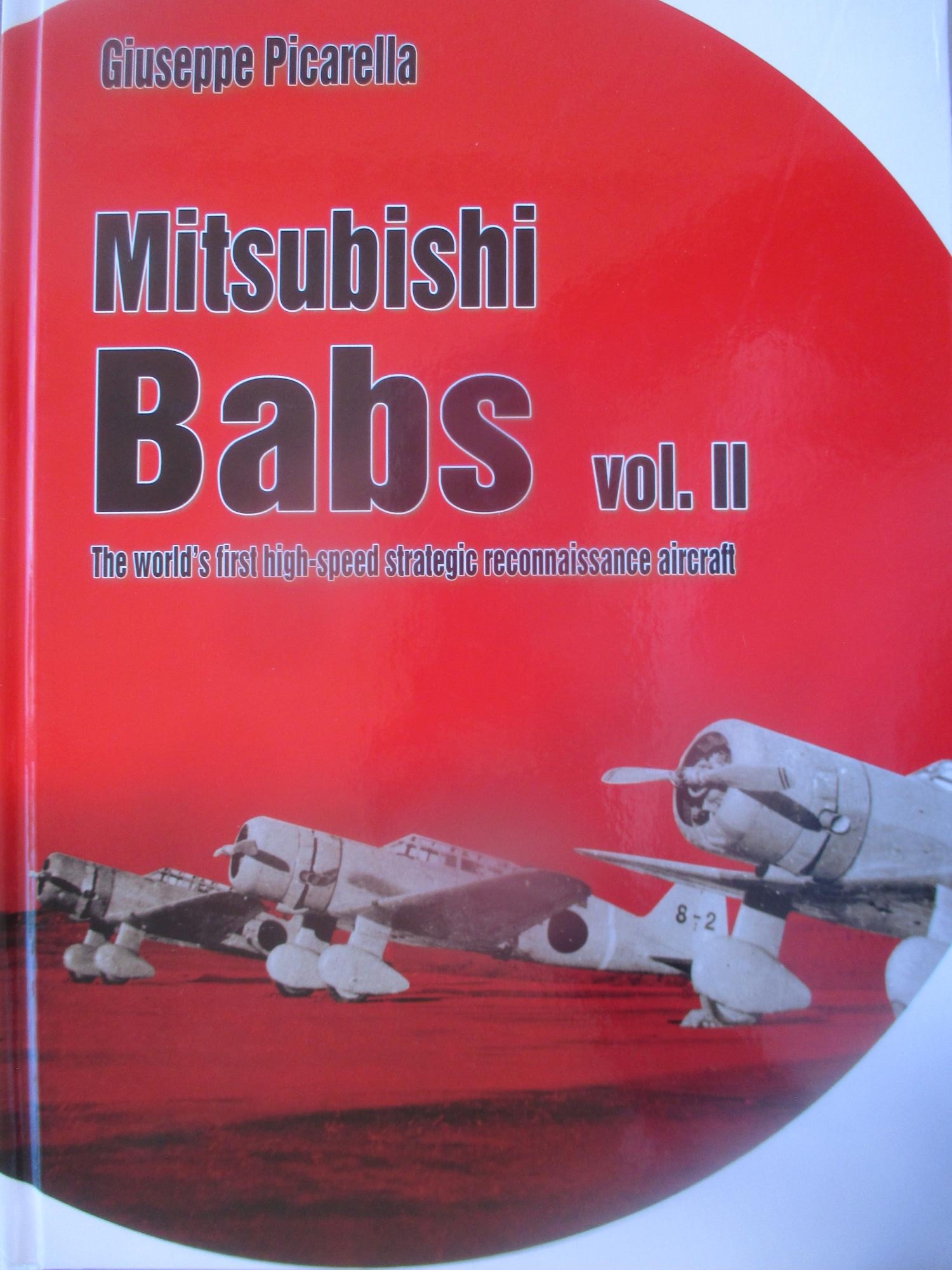Mitsubishi Babs: The World’s First High Speed Strategic Reconnaissance Aircraft, Volume 2
Introduction
This book is the second volume on the history and development of the Mitsubishi Ki-15/C5M high speed reconnaissance aircraft, which was used by the Japanese Army and Navy in numerous roles before and during the course of World War II.
Volume 1, which has already appeared in review on this site, provides an excellent account of the aircraft’s development and service during the war, and the second volume goes into incredible detail on various aspects of this aircraft’s career. The book provides information useful to the historian and modeler, and is profusely illustrated with very impressive drawings and photos of the aircraft in detail.
While I have only seen a copy of the IPMS review by Frank Landrus, which appeared in 2022 on this site, I have not examined a copy of volume 1, although I can assume that the first volume was as impressive as this volume.That the book’s author is an experienced pilot adds to the effectiveness of the review, and all of the material is entirely believable. The author goes into much more detail than is found in most aeronautical publications,, and uses photos and drawings to illustrate all of the features of the aircraft.
The book begins with Chapter 1, which is entitled “Brothers in Arms”. The author explains the political and economic conditions of the late thirties when the aircraft was being developed, and the attitudes of the military leaders in the design of the type. Previous Japanese reconnaissance aircraft tended to be not high performers, and their slow speeds and short ranges kept them from being used for long range missions.The Ki-15/C5M series was the first high performance aircraft available to the Japanese military, and it allowed their commanders to make decisions based on actual conditions.The chapter covers the development and service career of the type, including the few examples of the aircraft produced for various civilian agencies as the Mitsubishi Karigane, which was used for several world record flights during the late thirties.
The second chapter, entitled “Western Intelligence Reports”, deals with the Allied knowledge of the aircraft and how it was confused with other aircraft, such as the Kawasaki KB-97, Tachikawa Ki-55, and Mitsubishi Ki-51 Sonya. The author goes into a lot of detail explaining the problems faced by Allied intelligence people in distinguishing between the various types of aircraft used by the Japanese military.
Chapter 3, entitled “Soviet Intelligence Reports”,deals with the use of the aircraft in the border wars with the Russians, and their estimates of the value of the aircraft in that area. A Soviet intelligence report from World War II is included in the chapter, telling what the Russians knew about the aircraft after they had captured a damaged example.
Chapter 4, entitled “Technical Description, Mitsubishi Ki-15-1, Karigane 1, Ki-15-II, Karigane II, C5M1, C5M2, and Ki-15-III” goes into extensive detail on the details of each aircraft type, going from page 74 up to page 219. Each aircraft is described, and includes very detailed drawings of the aircraft and interior parts, a gold mind for anyone wanting to build a detailed model of the type. This is probably the most detailed description of an aircraft that I have seen in any aviation publication.
The remaining chapters are as follows:
Chap. 5 Pilot’s Operating Manual
The pilot’s operating manual is reproduced in its actual form, including 8 chapters, which include starting, testing, taxying, takeoffs, air control, landing, high altitude flight, flight controls, and emergency landings. A cockpit drawing is included.
Chap. 6 Dimensions and Performance Figures.
This chapter provides specific information on all of the specifications and dimensions applying to the aircraft, including the Ki-15-1, “Kamikaze”, Ki-15-II, C5M1, C5M2, and Ki-15-III. Drawings are provided, with Japanese characters for explanation. Several good three view drawings are included.
Chap. 7 Production Figures and Construction Numbers
This chapter lists the number of aircraft of each type that were produced, and the years in which they were manufactured. Construction numbers are covered, and several aircraft data plates are illustrated.Some photos of the actual aircraft are included,.
Chap. 8, Models, Memorabilia, and Memorials.
The last chapter deals with available models, as well as more recent attempts to honor the crews of these aircraft, notably the civilian pilots who flew the record breaking long distance flights. For the modelers , the plane has been produced in 1/48th, 1/50th, and 1/72nd scale injection molded plastic kits. Such firms as Mania, Fine Molds, LS, and Hasegawa produce excellent kits of all major production versions, and a few vacuform and resin kits have also been produced. For the really creative soul, the last photo in the book shows an excellent view of a North American AT-6 which was modified by movie makers to represent one of the 1937 “Kamikaze” long distance aircraft used in a Japanese movie. I’m tempted to do that one myself.
Recommendation
This is one of the best books I have seen on the subject of a particular aircraft series. Although I have not seen the first volume, I have read a review of it. It would seem that if a modeler or historian were to purchase either the first, the second, or both of these books, he would have enough information to build accurate models of all of the aircraft in question. I found the book fascinating, and I thank IPMS and Casemate for the chance to obtain and review this particular volume. Don’t miss out on this one. It is a real treasure.








Comments
Add new comment
This site is protected by reCAPTCHA and the Google Privacy Policy and Terms of Service apply.
Similar Reviews